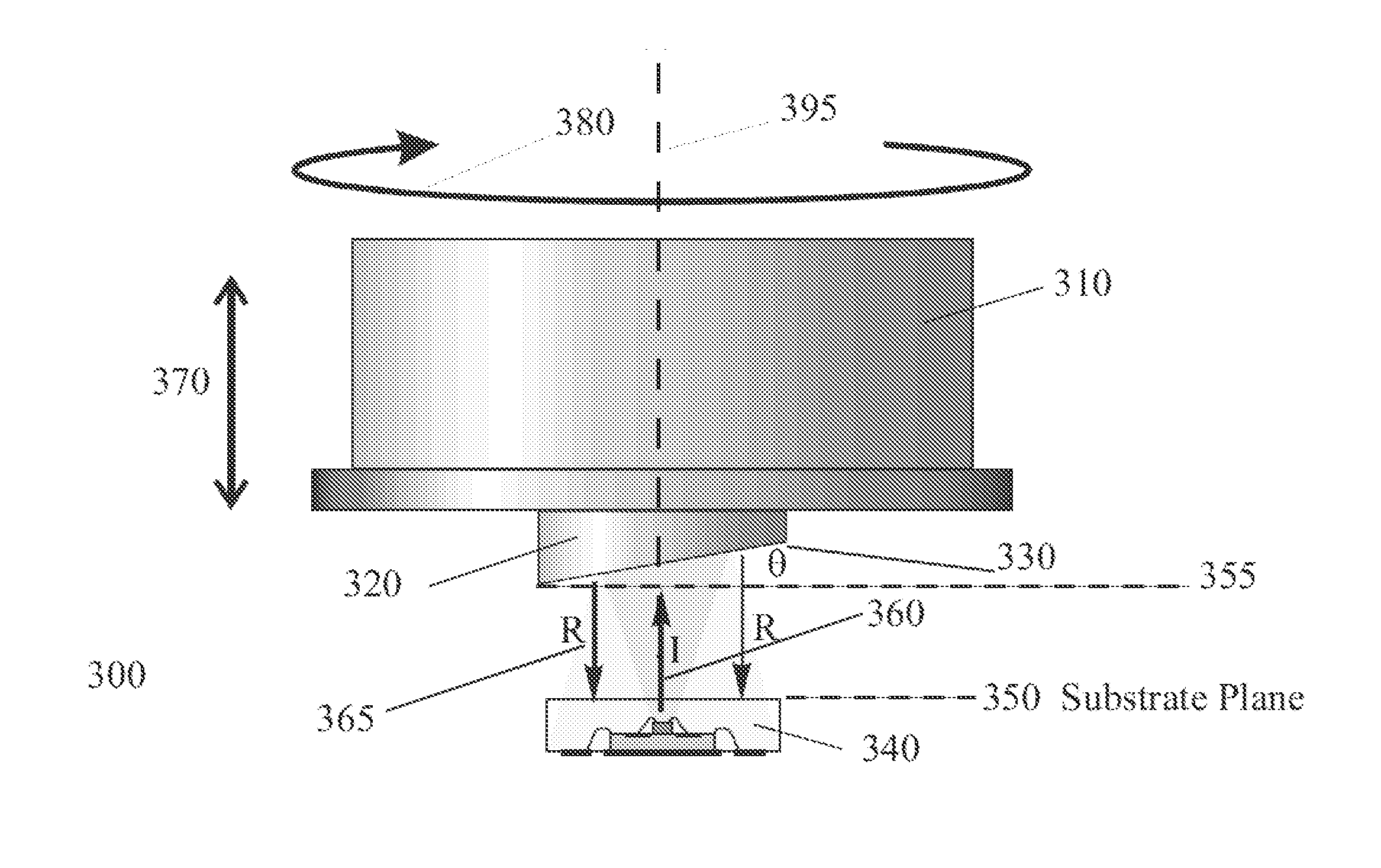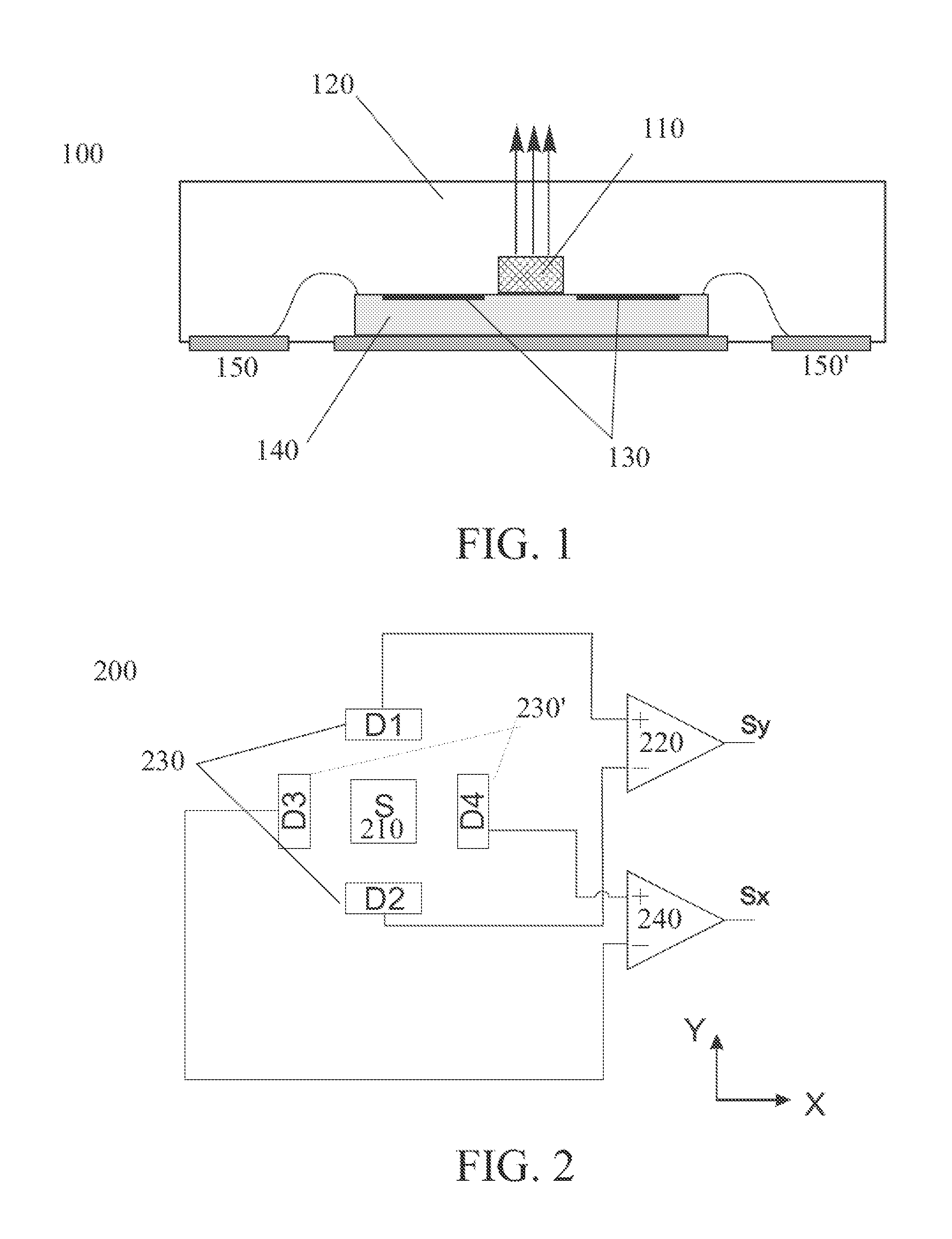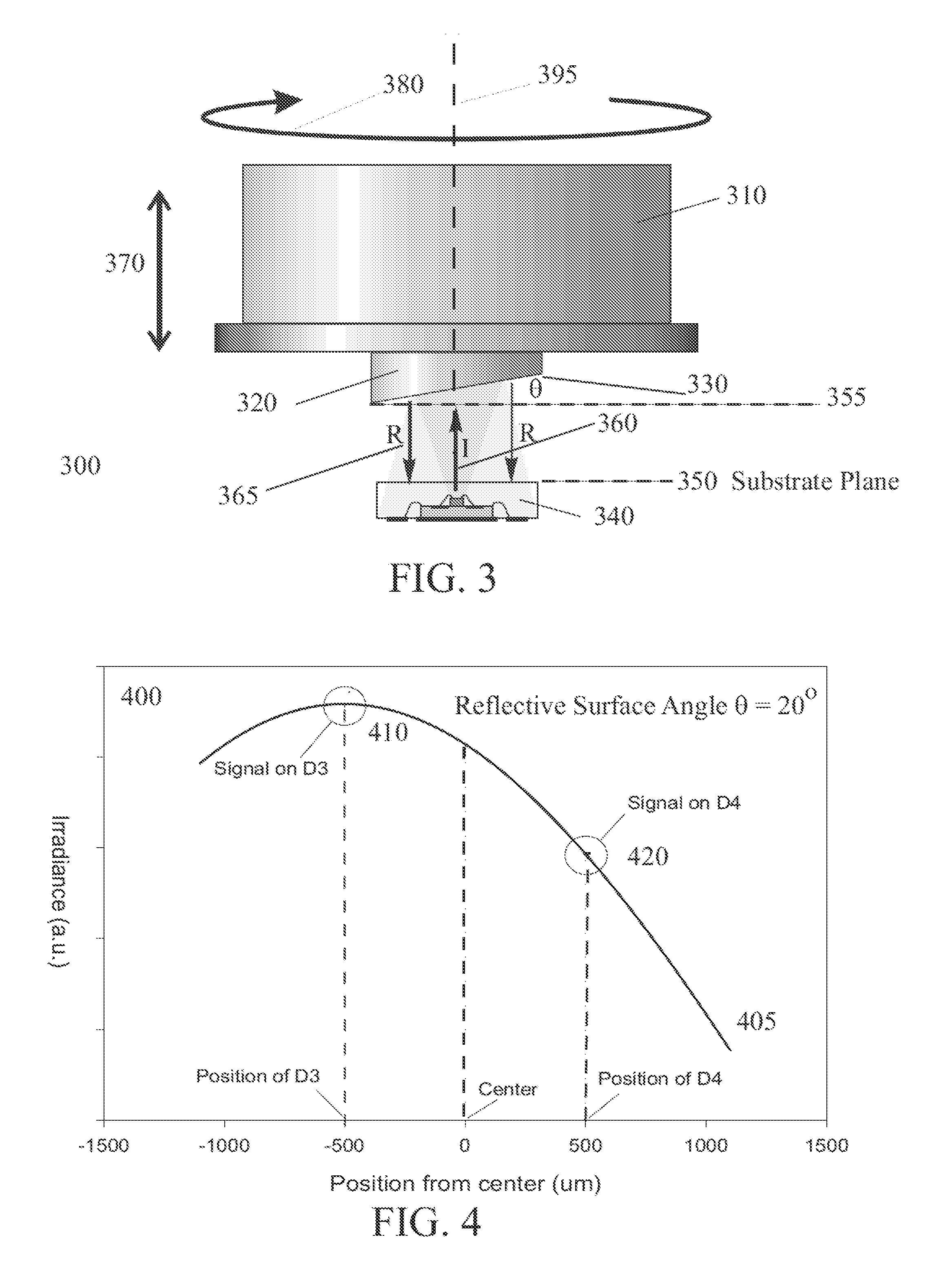Optical angular sensor and optical rotational speed sensor
a technology of optical rotational speed and optical angular sensor, which is applied in the direction of instruments, devices using optical means, material analysis, etc., can solve the problems of limiting the usefulness of small portable devices, clicking and popping of users, and affecting the user's enjoyment of listening experience, etc., and achieves the effect of being readily recognized
- Summary
- Abstract
- Description
- Claims
- Application Information
AI Technical Summary
Benefits of technology
Problems solved by technology
Method used
Image
Examples
Embodiment Construction
[0021]The present invention has been found useful in measuring the angular displacement of a rotating shaft, particularly in control knobs in portable electronic apparatus that must make efficient use of space. Space is reduced by building the sensor on a silicon substrate.
[0022]The substrate includes a plurality of photo detectors arranged around a light source. The substrate that contains the photo detectors may also contain an integrated circuit for control and signal processing. When used in applications, a rotation shaft with a flat and polished end is placed in the vicinity of a sensor module. The polished end acts as a mirror. The surface of the reflector is slightly slanted with respect to the perpendicular cross-section of the shaft. Light comes from the light source, is reflected by the mirror and creates a light spot on the photo detectors. Light irradiance has an asymmetric distribution over the photo detectors, thus creating differential signals on the output of the pro...
PUM
 Login to View More
Login to View More Abstract
Description
Claims
Application Information
 Login to View More
Login to View More - R&D
- Intellectual Property
- Life Sciences
- Materials
- Tech Scout
- Unparalleled Data Quality
- Higher Quality Content
- 60% Fewer Hallucinations
Browse by: Latest US Patents, China's latest patents, Technical Efficacy Thesaurus, Application Domain, Technology Topic, Popular Technical Reports.
© 2025 PatSnap. All rights reserved.Legal|Privacy policy|Modern Slavery Act Transparency Statement|Sitemap|About US| Contact US: help@patsnap.com



